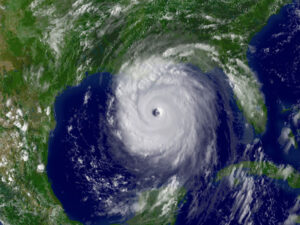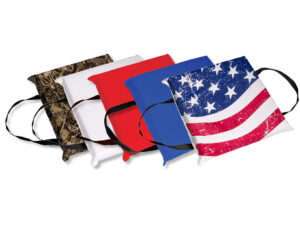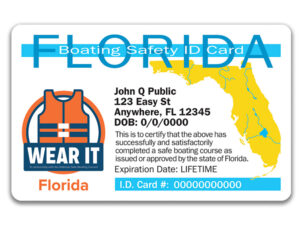I once steered a boat from 20 miles offshore, through an inlet, and then proceeded down a winding channel all the way to my marina. Some of you might think of this feat as no big deal. But let me reveal that the task was accomplished using a landing net.
After a morning of drift-fishing, my dad and I fired up the engine to head in, only to discover that the cable steering had locked up tighter than a clam.
“Get the paddle,” said Dad.
With 20-something nautical miles to the sea buoy, I looked doubtfully at the paddle hanging in the cuddy. But I had misunderstood the old man’s reasoning. He intended that we’d use the paddle as a rudder, not for propulsion. (Insert lightbulb over head.)
He put the engine in gear and I dropped the paddle over the side. The boat turned, but the force against the blade was so strong I couldn’t hold the paddle for very long. So we tried the net.
With the hoop end of the net in the water, and me riding side-saddle on the gunwale, I placed my foot against the hoop’s frame and held on to the handle. My leg muscles were stronger than my arm’s, and the water passing through the net provided enough resistance to create direction change even at somewhat higher speeds. Control was imprecise, what with me having to shift sides as we “oversteered” first one way and then the next.
But three hours of S-turns later, we were in front of our marina.
Now, not everyone can use a net to steer a boat. Some boats and some conditions won’t allow it. The incident taught me that it’s imperative to have a backup steering plan.
For inboard boats, a tiller can be fashioned that connects to the rudderpost. This enables steering by stationing a crew member in the engine room. It may even be possible to fabricate a vertical extension of the rudderpost that extends above cockpit level to which the makeshift tiller can be attached. We’re talking pipe and/or lumber here; nothing fancy.
Outboard-, sterndrive- and pod-powered boats require a different setup. I have seen the aftermath of a gaff handle, duct-taped to an outboard’s cowling, having been used as a tiller. It got the boat home, but the cowling was toast (and may not have held up at all had the seas been rough). So for any boat, I suggest the bridled bucket as emergency steering gear.
You can make your own by cutting the bottom off of a drywall-compound bucket and replacing the wire handle with a handle made of stout line. Next, make a bridle with a length of line that’s twice the beam of your boat by tying the bucket to the middle of this line and each line end to corner cleats, transom ring or other sturdy, “tow worthy” deck fittings.
To use the bucket, simply shorten up the bridle on the side you need the boat to turn. Build the thing and practice with it. You may be surprised how much control it will give you.
At the least, you’ll impress the hell out of the towboat captain or good Samaritan who arrives after hearing your call of lost steering.
Quick Tip: Rudimentary knowledge of disconnecting a steering system will be needed before you can use a makeshift steering system.









